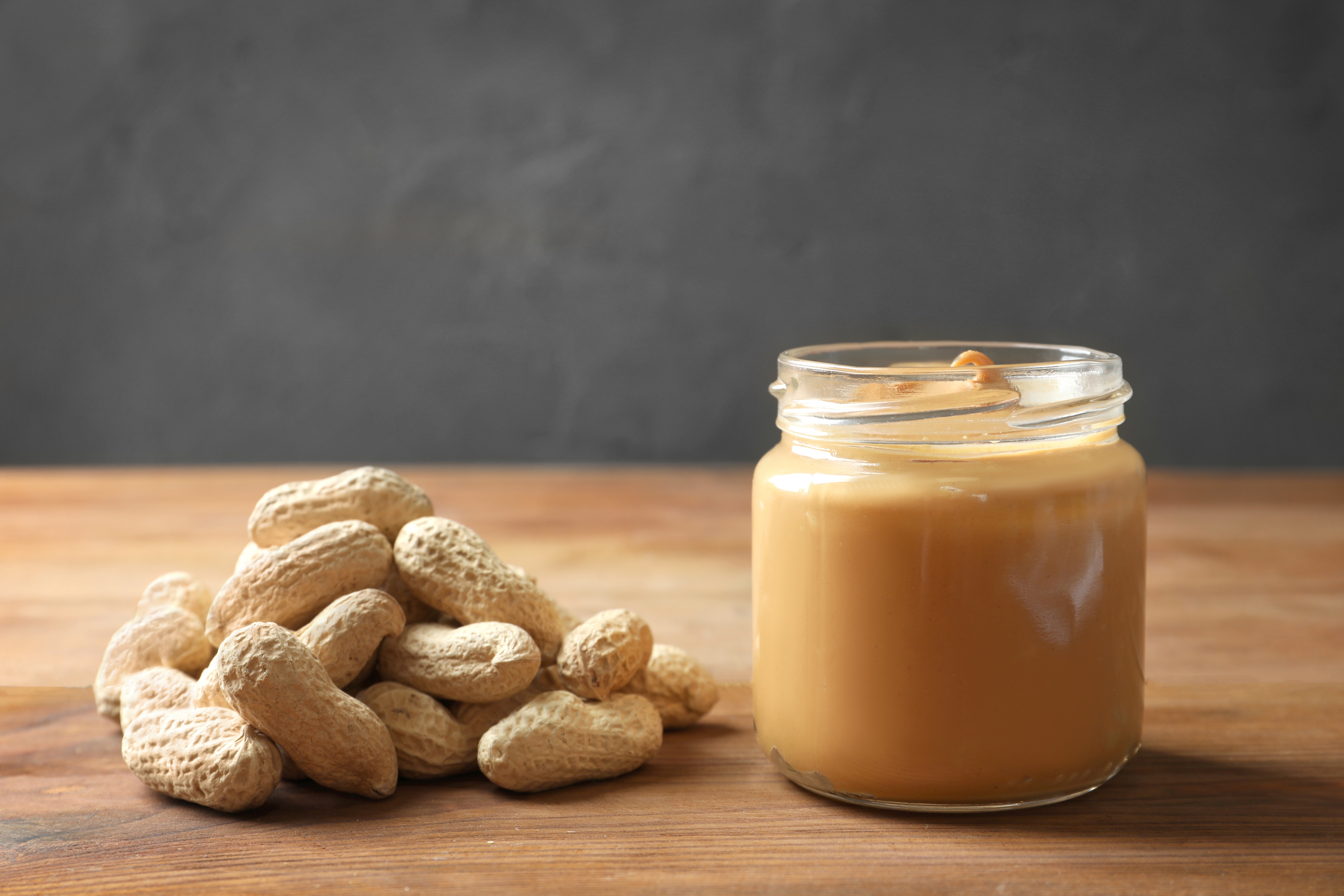It seems like every day more and more nut butters are filling up the grocery store shelves, and selecting the healthiest option can be quite confusing. Compared to many other convenient foods, most nut butters are nutritious. Although some are better than others, all nut butters range from good to excellent sources of healthy fats, protein, fiber, copper, magnesium, chromium, manganese, zinc, some B vitamins, some fat soluble vitamins, and phytochemicals. In fact, eating 1-2 tablespoons of nut butter at least four times per week may lower your risk of coronary heart disease by 35% according to a pooled analysis of four U.S. epidemiological studies.1
Here’s my personal criteria that you can follow to choose the best nut butters on the market and reduce your risk for heart disease.
Avoid Trans Fats
Try to avoid nut butters containing partially hydrogenated fats (a.k.a. trans fats).
Limit Hydrogenated Fats
Limit any nut butters containing hydrogenated fats such as hydrogenated vegetable oils, palm oil, palm kernel oil, and coconut oil. (This criteria applies especially if you eat more than 2 tablespoons per day).
Monitor Added Sugars
Monitor added sugars such as corn syrup solids, sugar, brown sugar, cane syrup, agave, brown rice syrup, unrefined cane sugar, or honey. My rule of thumb is to avoid any brand with 3or more grams per 2 tablespoons including any of these added sugars.
Choose Brands with Low Sodium
It’s best to choose a brand with <100 mg of sodium per serving, especially if on a salt restrictive diet.
My overall recommendation for the healthiest nut butter is very simple. Choose the nut butters with one ingredient—the nut itself! (With maybe a pinch of salt.) These types require that you stir back in the oil that separates, but once you do you usually don’t have to stir again before the jar is empty. And, of course, if you have a large food processor, you can always grind your own nuts. All it takes is about 15-20 minutes.
In good health,
Dawn
Source:
https://jamanetwork.com/journals/jamainternalmedicine/fullarticle/415912
